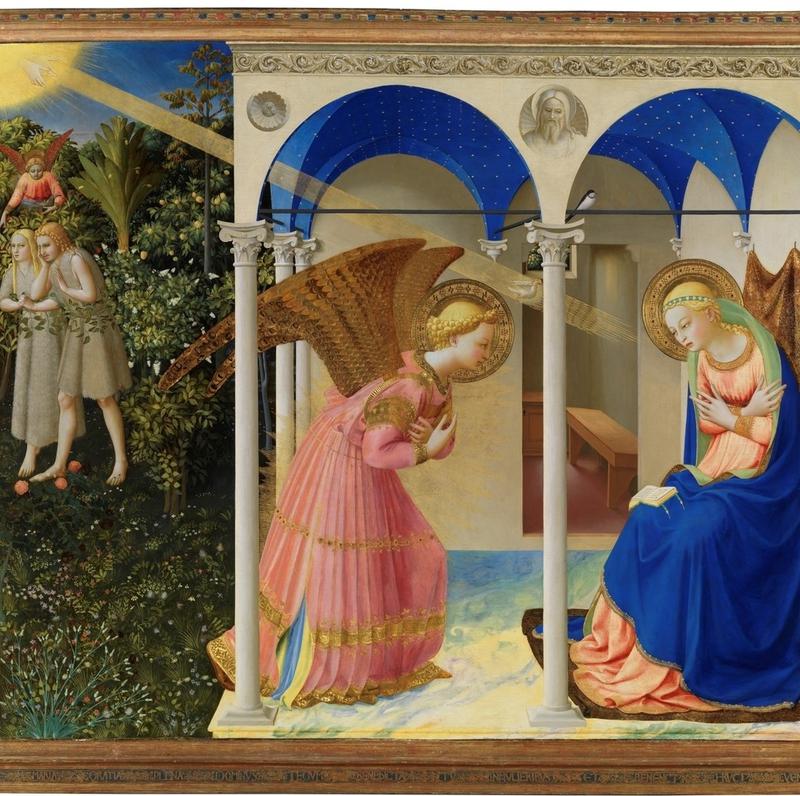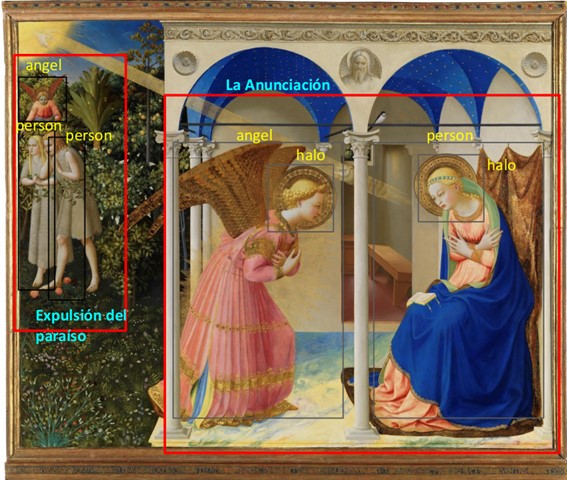Barcelona Supercomputing Center creates AI model to analyze art pieces
Project in collaboration with Prado Museum detects content and symbolisms from the past

The Barcelona Supercomputing Center (BSC) and the Museo Nacional del Prado in Madrid have presented a new project in which artificial intelligence analyses paintings called FrAI Angelico.
Researchers at BSC's Computational Applications for Science and Engineering (CASE) department have developed this AI model that recognizes the content and symbolism in art pieces, some of which may go unnoticed by the human eye.
"Our intention is, among other things, to support the work of archivists and specialists in the recognition and description of objects, figures and themes of the works," Javier Pantoja, head of Digital Development at the Prado Museum, explained.
FrAI Angelico is a prototype based on the technology of a similar earlier EU-funded project, called Saint George on a Bike, coordinated by the BSC in collaboration with the Europeana Foundation and the Prado Museum.
In the first phase, 25 works will be analysed, but the aim is to establish a more stable collaboration that will allow an analysis of the entire 35,000 piece collection of the Prado.
Object recognition systems are trained with images that show the different elements that surround us. The new models are also able to detect objects that are common in pictorial representations of the past, such as a skull, a crown of thorns, angels or demons.

"With this project we also seek to provoke reflection on the potential of AI to recognise the past, cultures or symbols," Joaquim Moré, researcher in the CASE group at the BSC, said.
The AI model can also be useful for visually impaired people, who will benefit from detailed descriptions and an overall more accessible format to the pieces.